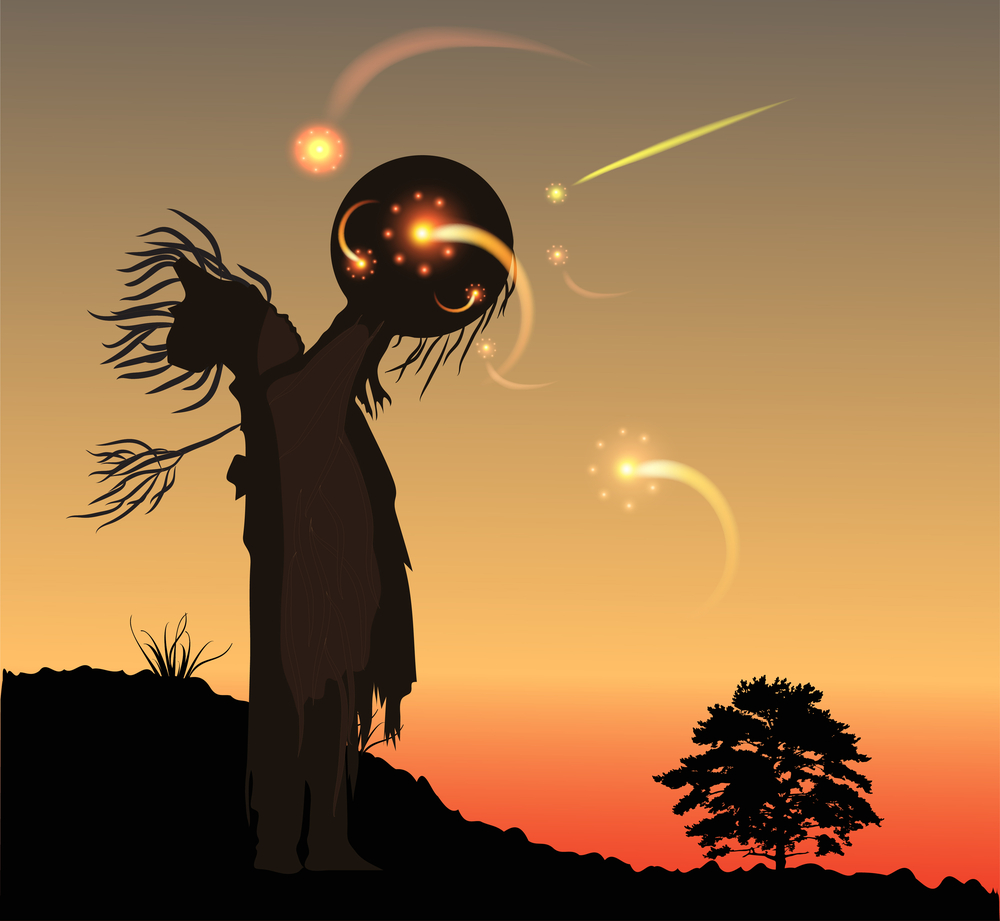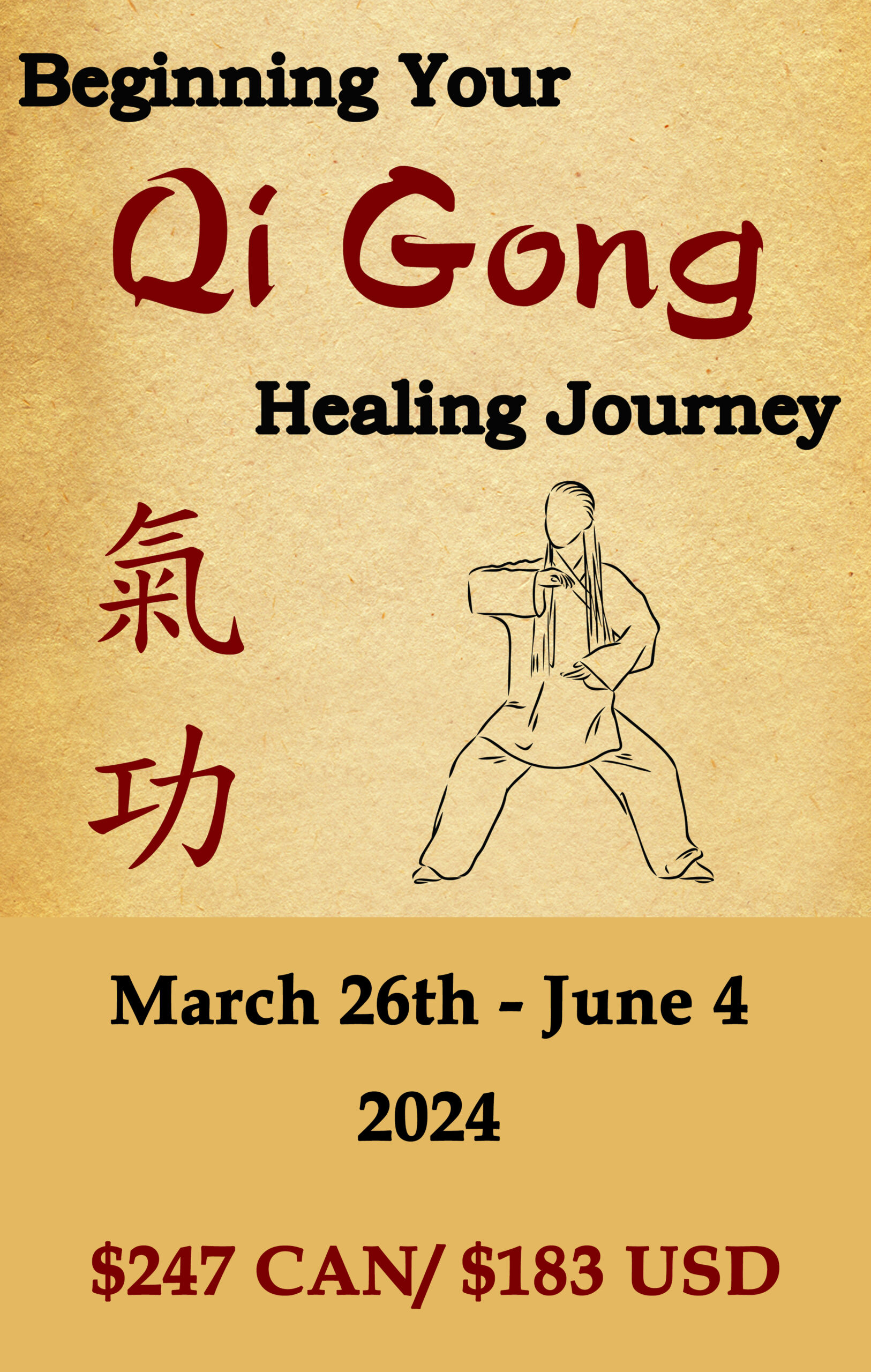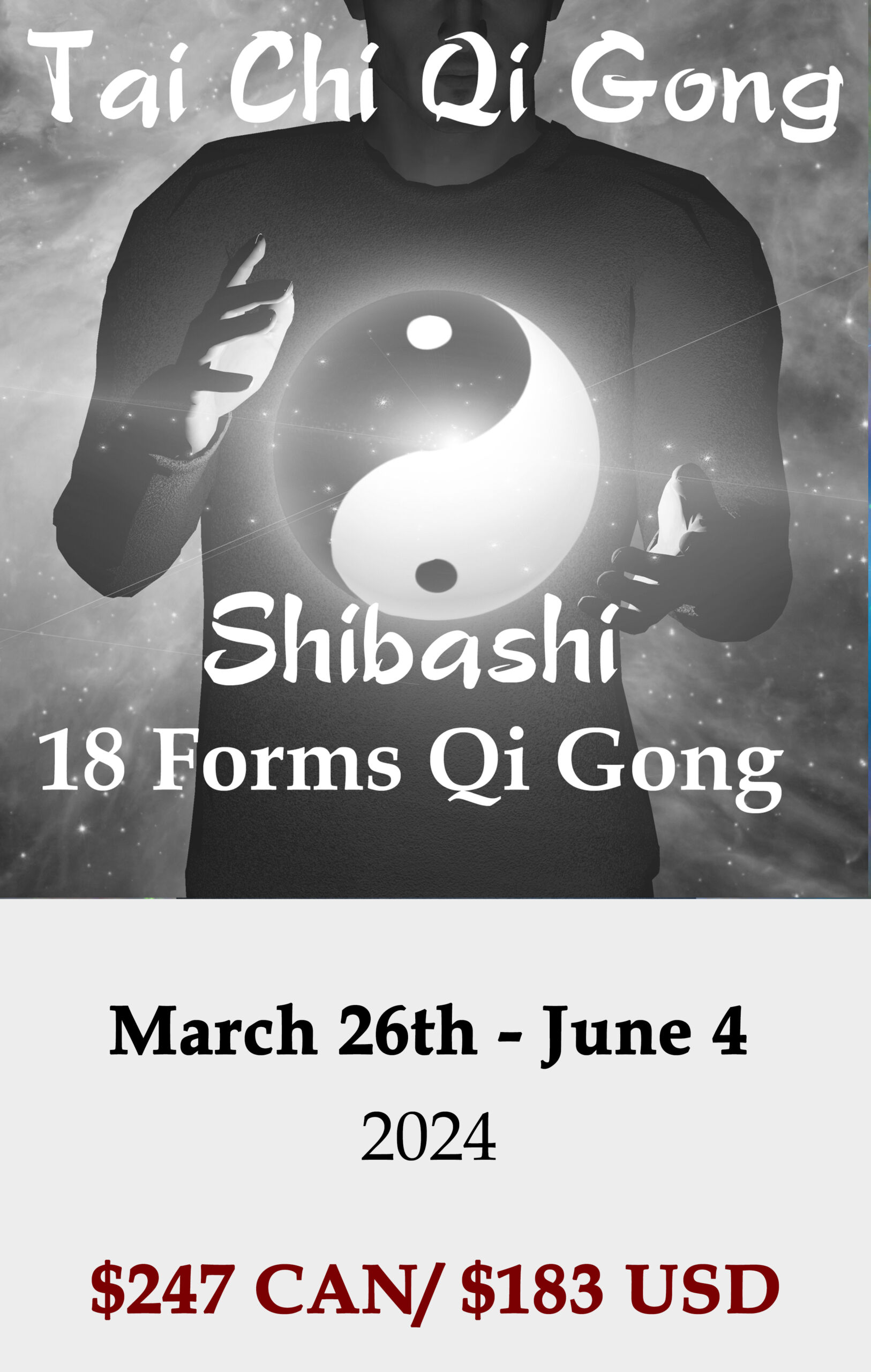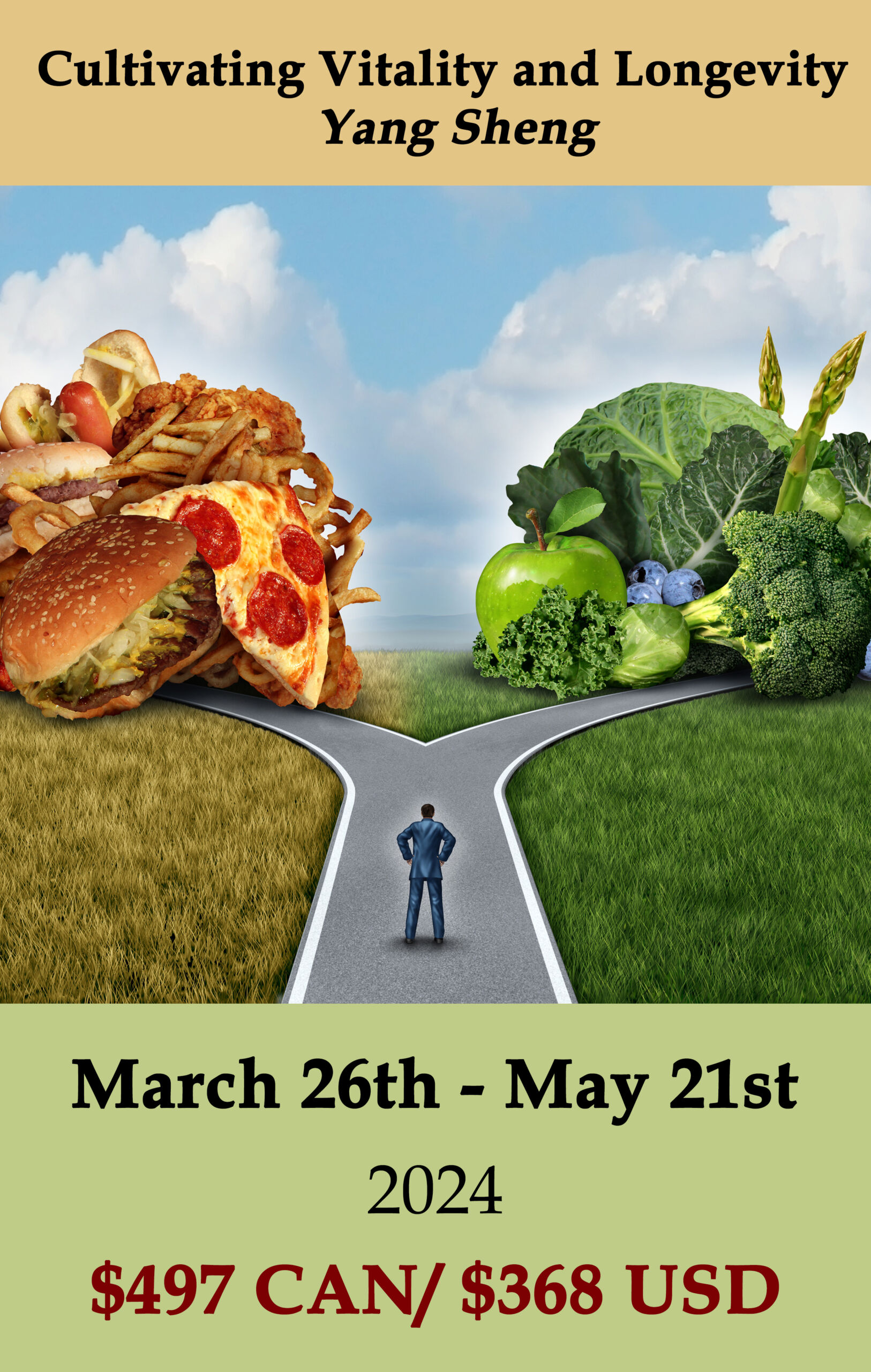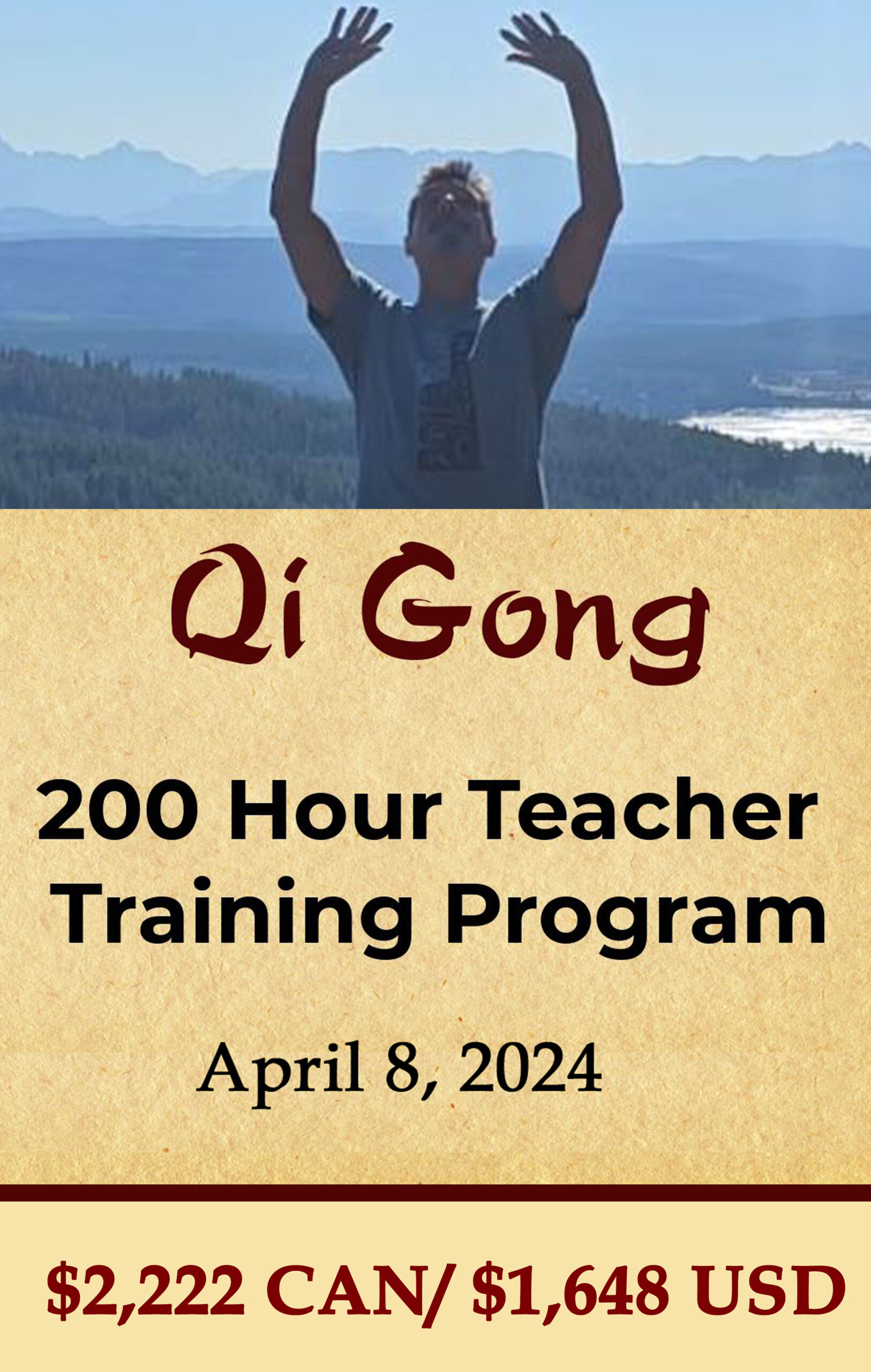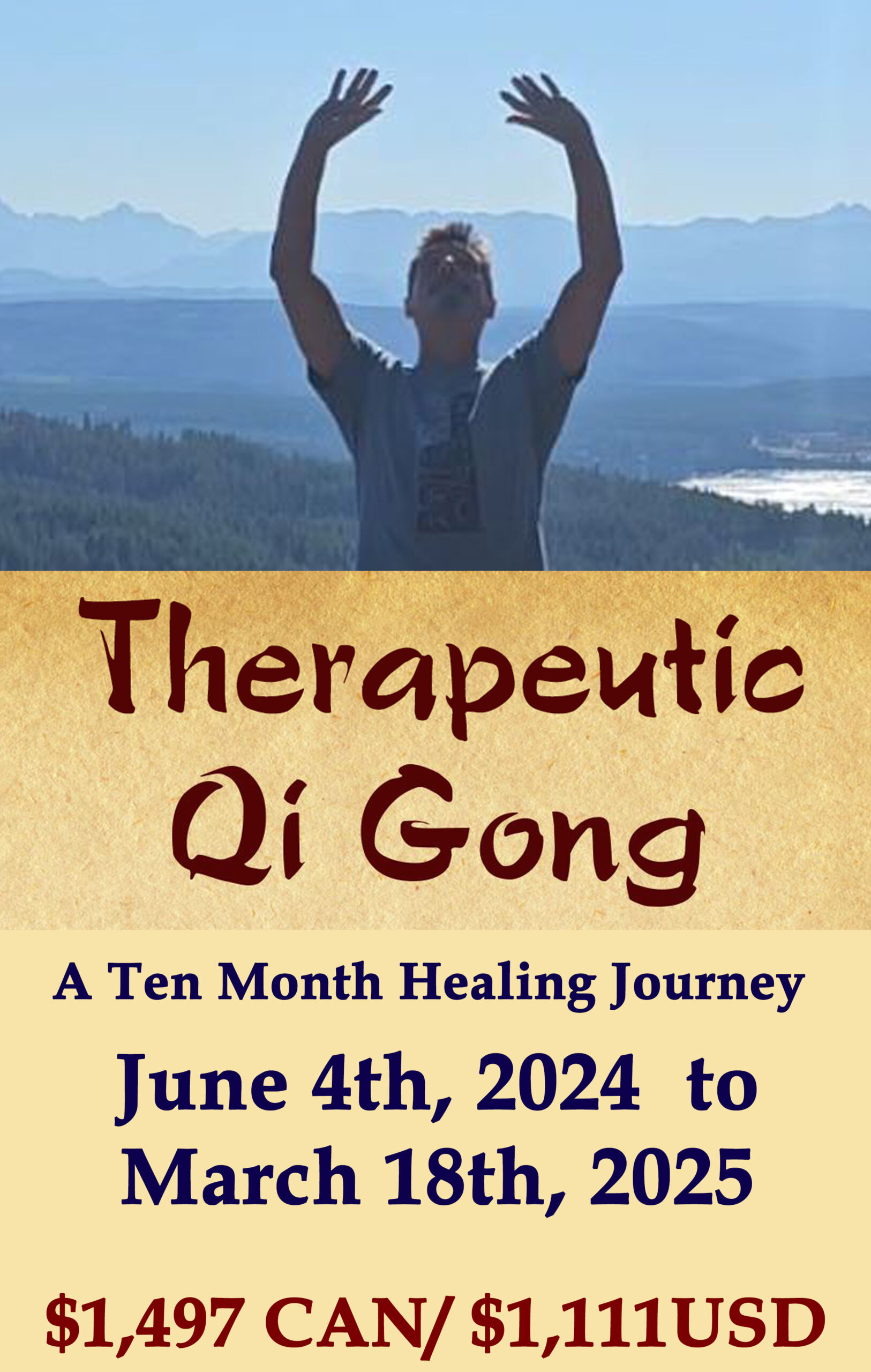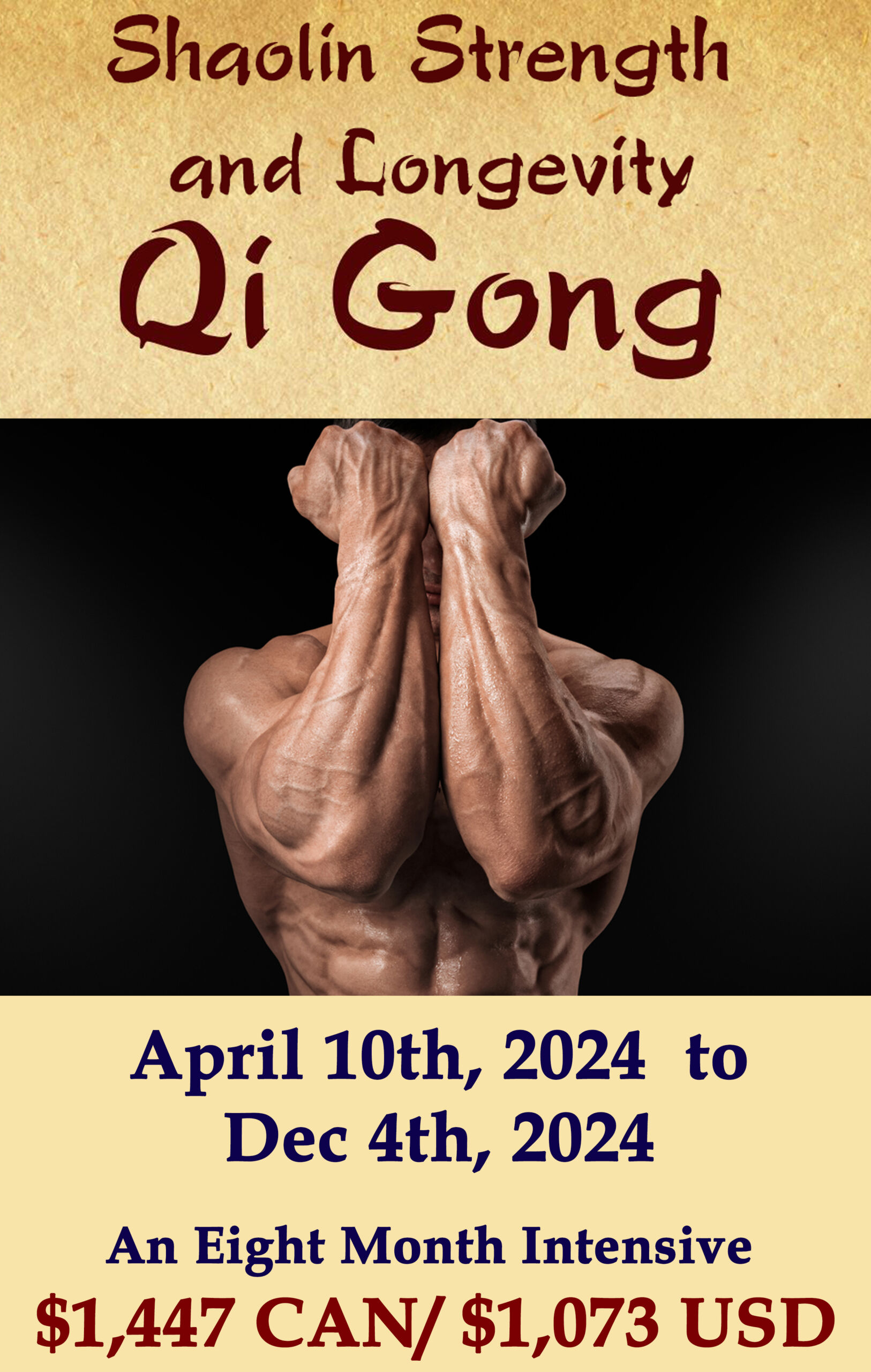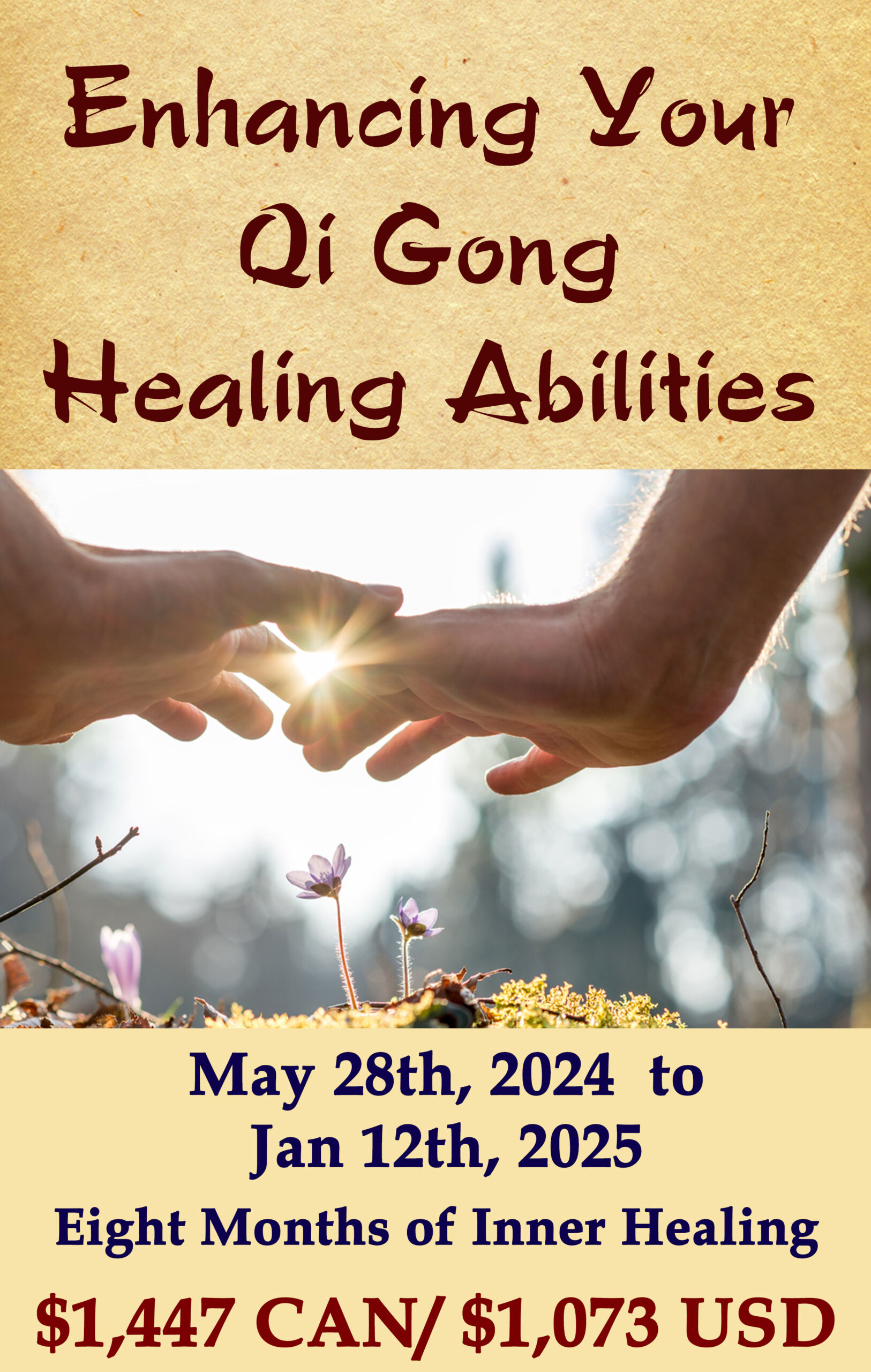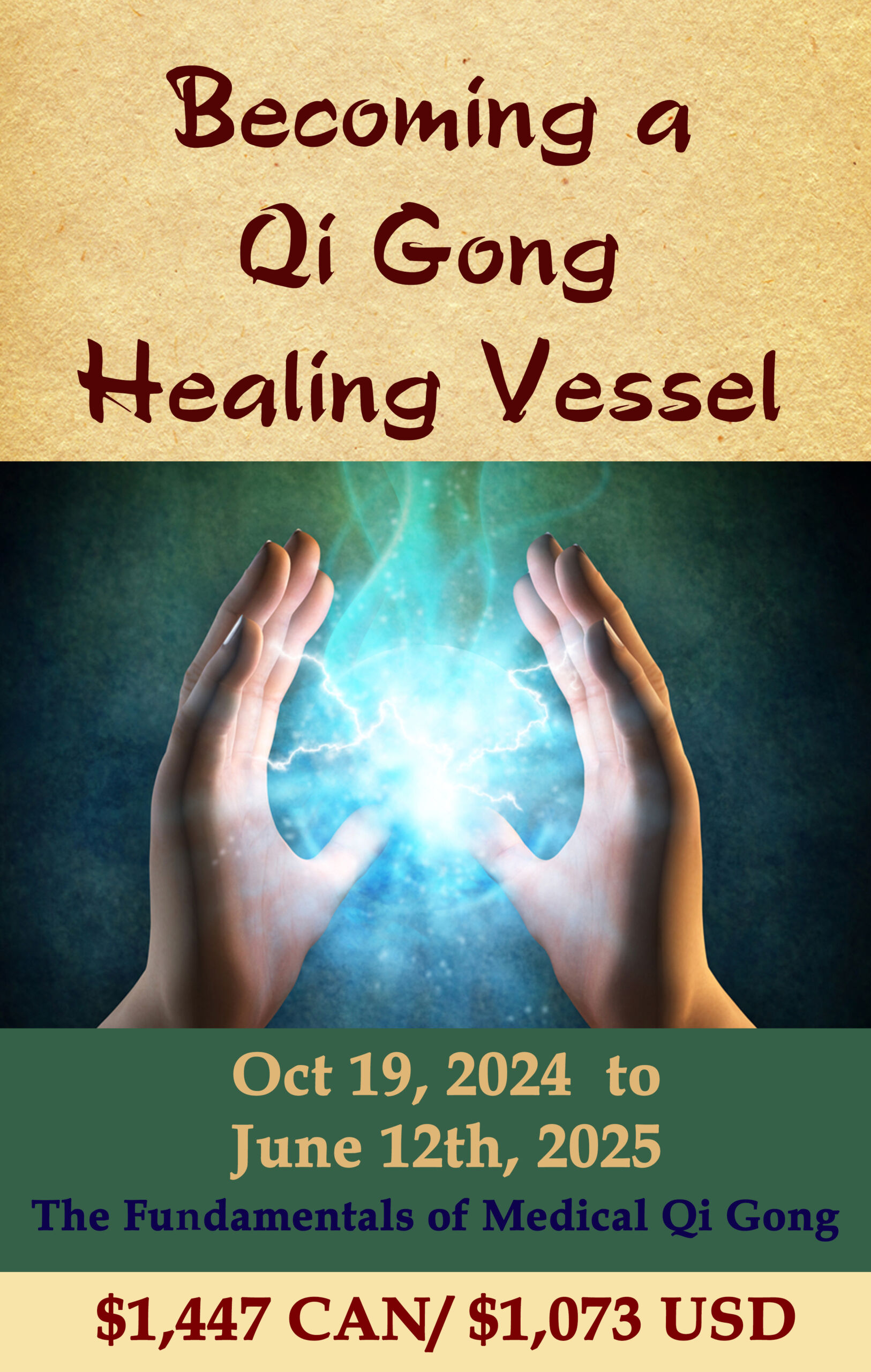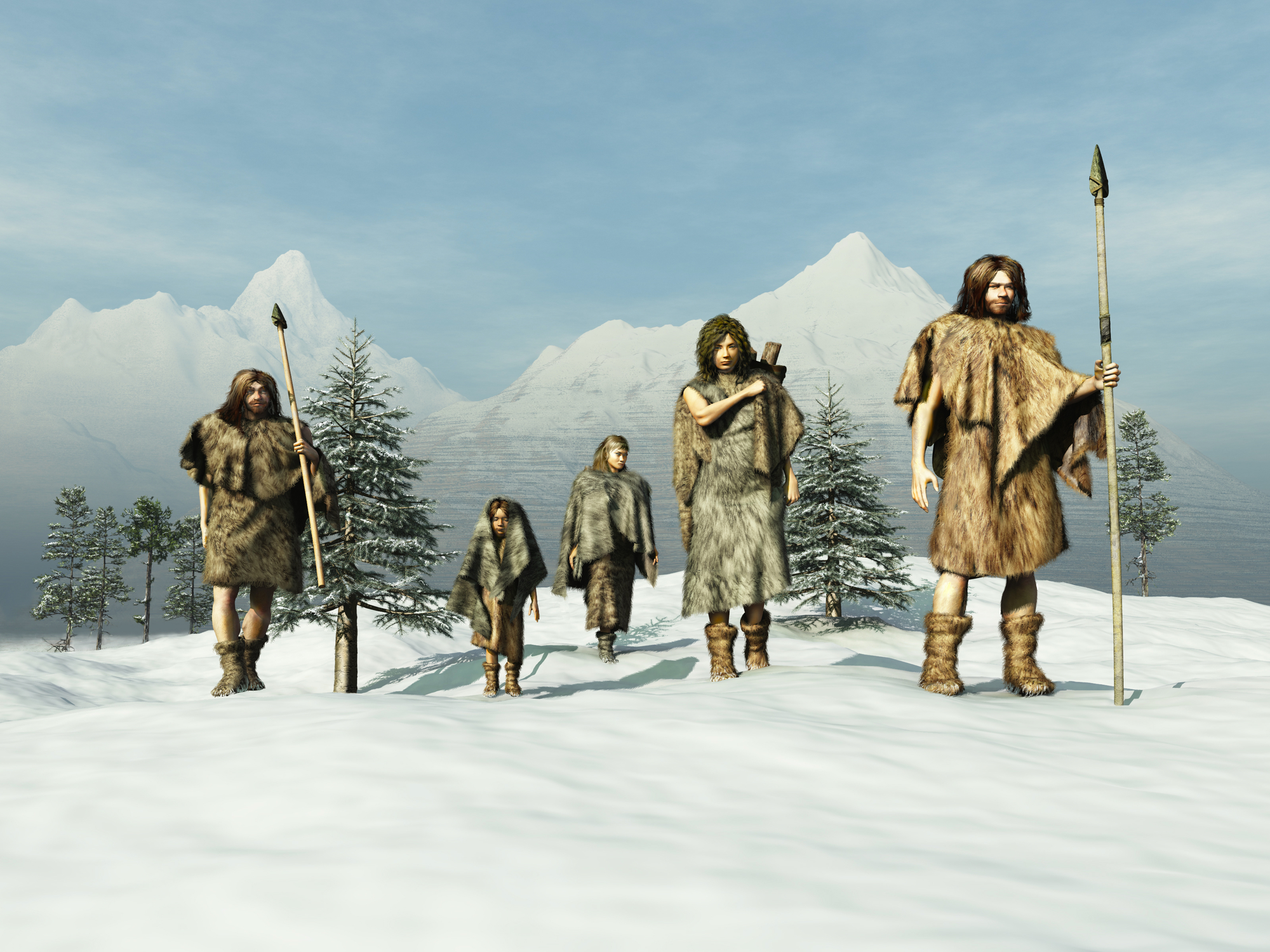
~
It is commonly understood and accepted that the exercises and practices that are now called Qi Gong originated as Shamanic Healing and prayer practices of the Indigenous people of Asia. Most of my teachers believe that this powerful and transformative practice goes back at least 10,000 years.
10,000 Years Ago
Northern tribes in Asia, who still remembered the last ice age, practiced a form of hibernation Breathwork, and restorative stretching. It is said that ‘shape-shifting’ can help people survive extended times of hunger, waiting, and stillness. The ancient myths tell us that these ‘efficiency practices’ improved Healing, fertility, and longevity.
It is whispered that, with devoted practice, certain forms of meditation, Breathwork, fasting, and extended times in darkness, can open gateways to the ‘Sky World’ and commune with your Ancestors.
There is no conclusive evidence of exactly what people were practicing in early China, but my Indigenous teachers in Canada have shared what their culture remembers about long ‘paleolithic’ winters. Imagine living in a Pit House every winter for six months – rarely leaving – with the same seven other people – for most of your life.
One teaching and practice, developed in northern Canada, called The Cold Face, involves advanced Dao Yin awareness, complex and varied Breathwork, and powerful teaching about autonomy and responsibility.
It is almost common sense to consider that Indigenous people, like all mammals, can regulate their physical fitness, metabolism, and state of being, through regular, slow, and fascial stretching, conscious breathing, play, and challenging boundaries.
5,000 Years Ago
In early China, society was focused on farming, herding, and then hunting. There was a burgeoning Herbal Medicine tradition and a very basic understanding of human physiology, health, and disease. The primary ‘illnesses’, besides exposure, malnutrition, and infections, were bad weather, not following the ‘rules’, and some turmoil with your Ancestors.
Most of my colleagues and teachers assume and agree that the movement and Breathwork practices of the time involved imitating animals and a combination of extended stretching and Breathwork called Dao Yin.
The term Dao Yin 導引 is most often translated as “Guiding and Stretching.’ Dao 導, in this context, means Leading or Luring – in this case – your Jing, Shen, and Qi.
Yin 引 suggests a learned accuracy and sensitivity while exploring your elasticity.
Dao Yin is an umbrella term for everything from basic stretching and callisthenics, to practices for an ecstatic reunion with the Universe. Dao Yin also includes a comprehensive approach to Somatic awareness and Trauma Release. Although it was expressed in the Shamanic context, the understanding, approach, and progression of this part of Dao Yin is surprisingly (or not) similar to modern Somatic Trauma Release Therapies.
I have had the good fortune to study Chinese medicine and Daoist practice in an oral tradition that focused on Spiritual health through Dao Yin practice. I cannot say how specifically developed this tradition would have been 5,000 years ago, but I imagine how an Indigenous culture would be adapting to domestication to the world and themselves.
I imagine the embodied movement, meditation, and breathwork practices would have evolved to respond to a new world, new boundaries, and new illnesses.
The earliest description I have ever heard of early Dao Yin involved a Shamanic ceremony. In this ceremony, the ‘patient’ would lie on the ground (in a special hut) on one side of a fire, while the ‘Healer’ lied on the other. (Let’s assume these people know each other very well). The healer would take on the embodied habits, gestures, limp, or essentially imitating their body language. Add the contention with some wind that is howling in their belly – they probably caught it after offending their Ancestors, while also chasing out an uncooperative entity that is the reason the patient keeps yelling at their mother-in-law.
You know, good old village Shamanism. It still works all over the world.
The kinds of Breathwork, progressive tissue release, and shift in consciousness that were involved in ‘possession and exorcism’ ceremonies are the basis for some of the Dao Yin practices I have learned. Interestingly, they have almost nothing to do with Spirits, ghosts, or bad mojo from the natural world, they are mostly focused on that person’s embodiment of constraint and/or collapse. Their ability to self-regulate and find meaning with their own practice.
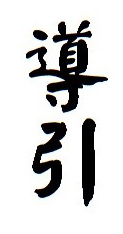
Dao Yin
2500 Years Ago
In Asia, there was an abundance of wealth and war. Fortunately, the intellectuals and philosophers of the time were encouraged to imagine any possible solutions to a large, wealthy, and harmonious society. They generated the Philosophies of Confucianism, and Daoism as we understand them today.
These ancient texts, each in their own way, refer to meditation, breathwork, and Dao Yin, especially moving (stretching, walking, walking, playing) like animals.
These paths of Self Cultivation and Truth inspired some to build monasteries and intentional villages to practice the Way – the Dao.
Long ago, these places were referred to as Guan 觀, or Observatories of the Nature of Nature and the Universe. These Guan were places of peace, harmony, and Spiritual contemplation. Philosophers, farmers, Nature lovers, Mystics, retired soldiers and generals, all gathered to live as simple a life as possible – joyously grateful for such a Way to exist. My primary teacher’s family were proud descendants of these ‘early Daoists.’
Ancient documents and pottery from this time described and demonstrated postures, stretches, and routines for health, longevity, and resolving certain illnesses. One document, called the Dao Yin Tu (Dao Yin Chart), which is about 2200 years old, describes 44 different seated and standing positions and movements. There are even suggestions for balancing a ball on a stick.
The next time you see a persona at a fair balancing and juggling things, notice you are watching a form of Dao Yin.
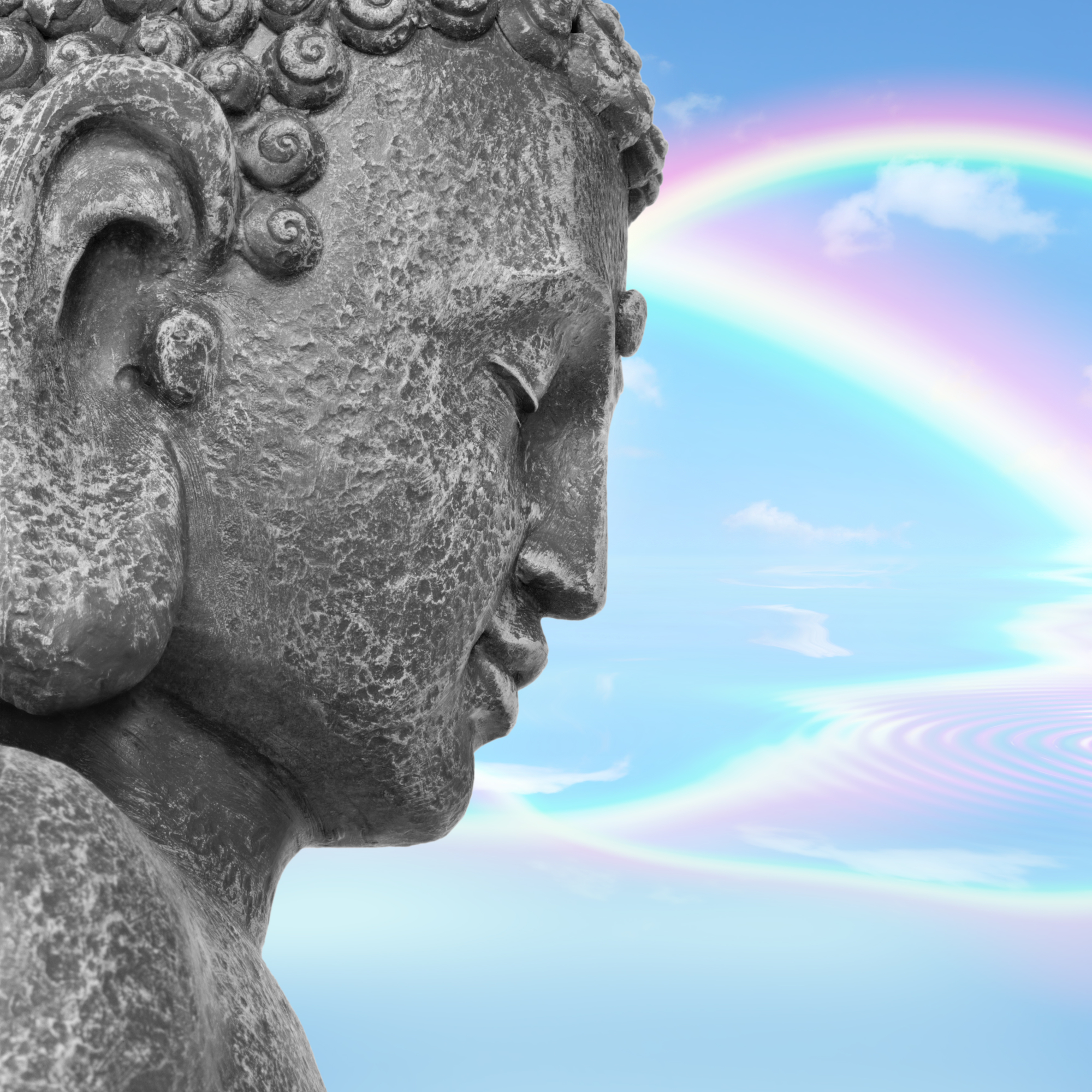
1500 years Ago
Buddhism became very popular in China. At the time, Daoism and Chinese Buddhism became ‘formal’ religious traditions. Formal religions require priests and a ‘flock’, which means monasteries to train the priests and nuns. Land for churches, land for food, tithes, and taxes… I am not being cynical about religion, just holding up a little mirror of perspective.
The tradition I learned from focuses a lot on the pain of domestication, on many levels, and in many kinds of relationships. Especially the shift in your relationship with Dao, existence, and a life path. The shift from a Guan – a place of reverent observation, to a Yuan (a library or monastery) of religious indoctrination. There are many benefits to formal religion and there are other unique benefits to its village, farm, and hut predecessors.
Some of the benefits of organized Daoist and Shaolin (Chan/Zen) Buddhist religious expression and practice were the committed exploration and refinement of Dao Yin practices and principles, like the famous Yi Jin Jin (Muscle Tendon Change). Meditation practice (Chan/Zen), Inner restoration and renewal (Nei Yang Gong) practices, and Inner Alchemy (Nei Dan) have evolved and become available to everyone willing to find a teacher.
All that is left is the Gong 功 – the moments you work towards the experiences and capacities (Temple, village, farm, or hut) that call to you from the center of your Soul.
Other benefits of these early Daoist and Shaolin Monasteries were the development of Medicine and Martial Arts.
75 Years Ago
Specifically, in 1947, a soldier named Liu, Gui Zhen (1920-1983) was suffering from a severe Gastric Ulcer. After running out of treatment options, he was eventually sent home to recover or die. At 27 years of age, he refused to die and was referred to a Daoist ‘Healer’ and Martial Arts Teacher who taught him Dao Yin, a lot of Breathwork, and a form of Self-Healing called Yang Sheng Gong. This practice involves specifically holding your hands on an area and practicing guided visualization interspersed with different kinds of Breathwork.
After a few months of practice, he was completely well.
Mr. Liu returned to his job and described his healing success. He was suddenly appointed as a medical research leader. It was 1940’s communist China after all. His research on the effects of Dao Yin, Breathwork, and Intentional Self-Healing (Nei Yang Gong), was so promising that he began to gain a lot of attention.
In 1948, he coined the term Qi Gong and specified its use to indicate the methods which focused largely on simplified Breathwork and visualization practices. At this time, he also began to teach party officials his ‘modernized’ Dao Yin and Nei Yang Gong and repeated his success by helping people resolve chronic conditions.
Liu’s Qi Gong was modernized and needed a new name for two reasons. First, it focused on science, well, maybe ‘do this and that gets better,’ kind of science, and had no need to rely on the past or ancient traditions. Second In Communist China, at the time, all of the ‘old superstitions’, were treated with hostility. That combination, and Modern Qi Gong, focus more on problem-solving, medical goals, and the primary relationship with Qi, or ‘your sensations of aliveness’ is as a substance that needs direction.
That relationship has always been one quality of Dao Yin, but ‘in the old days’, Dao Yin focused (and still focuses) on a much more thorough, whole Body and Being, preventative, Shamanic, and felt-sense experience quality of practice. One could say that modern Qi Gong tends towards doing things with Qi, and traditional Dao Yin tends towards feeling into all of the possible ways to relate to the many aspects of your Qi sensations and experience.
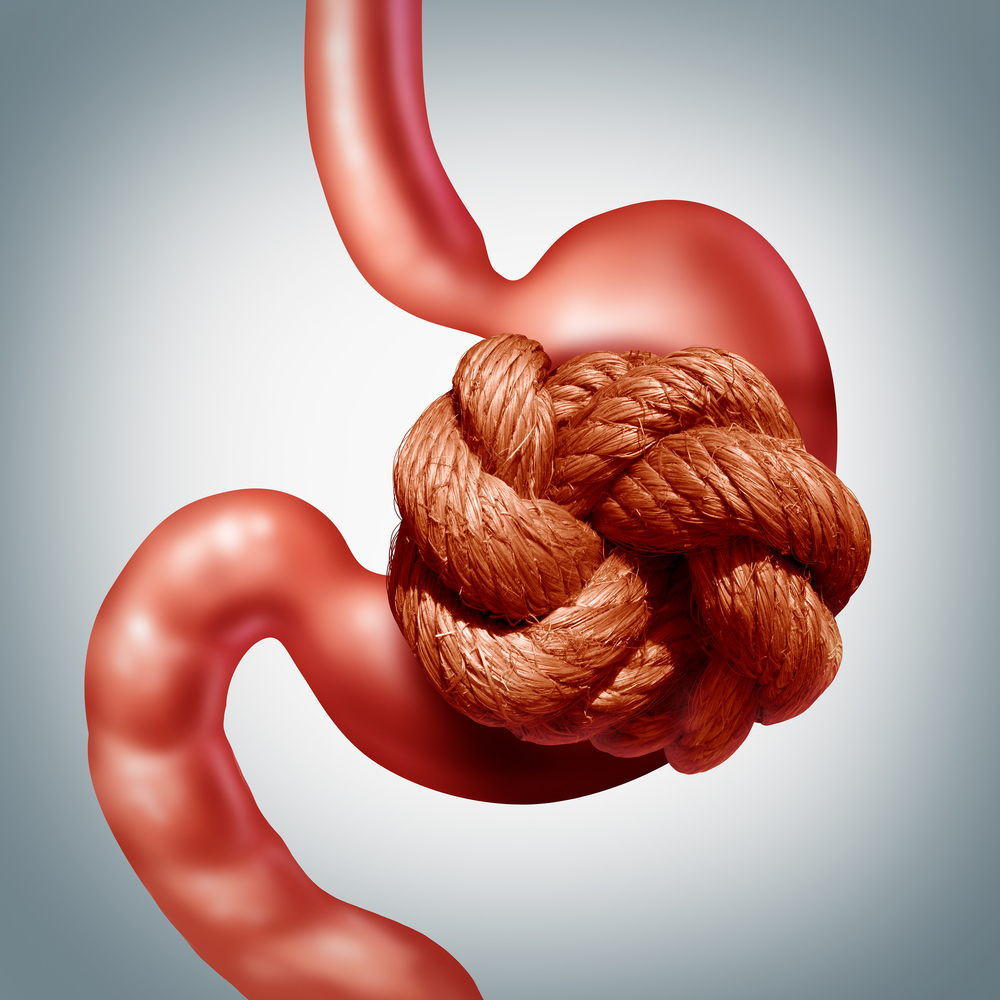
37 Years Ago
I found a legitimate Qi Gong teacher. This article about ‘A Brief History of Qi Gong’ is now going to shift towards my contemporary experience of the evolution of Qi Gong and how things have changed since then. At the time, Qi Gong and Chinese Martial Arts were exploding worldwide. In China, this time has been referred to as the Qi Gong Fever (Qì Gōng Rè – 气功热 – 1980s and 1990s).
Suddenly, going to the park and doing what your grandparents did was not only fashionable but a government-sanctioned approach to healthy living. There was a necessary proliferation of ‘Masters’ and styles. I have seen videos of people in Spandex, practicing Western Ball Room Dancing as their form of Qi Gong. With, or without music. And, why not?
I have had the good fortune of studying with lineage-holding Masters, and International level coaches for the last 35 years. A lineage, in the Qi Gong and Martial Arts sense, usually means that what you are learning is sourced from a Monastic tradition (like Shaolin), a Spiritual Lineage (mine is the Yi Dao Huan Yuan Pai, which is a Daoist village tradition), or a famous family (Chen family – Tai Chi).
There are a lot of details and distinctions when it comes to the cultural aspects of carrying a formal lineage connection. Because my focus has shifted to the integration of Qi Gong and all of its predecessors with modern clinical Trauma therapy, my relationship with lineages has changed. I still believe that any serious Qi Gong student, or professional, should learn at least one specific skill or form from a lineage-trained teacher. The depth, subtle qualities, and very precise and sequential process, focusing on multiple dimensions of practice, will give a sense of how Qi Gong was taught before the world suddenly needed enough teachers for 100 million curious students.
Throughout the 1980s and 1990s, Qi Gong’s popularity continued to soar, in China, and around the world. Unfortunately, in 1999, the Chinese government instituted a systematic crackdown on qigong organizations, specifically the Fa Lun Gong (A very modern (1992) Spiritual Qi Gong system) to avoid religious conflict.
In the rest of the world, Modern Qi Gong, Monastic and Shamanic Qi Gong, Dao Yin, Nei Yang Gong, Martial Arts Qi Gong, as well as Nei Gong and Nei Dan (Daoist Inner Cultivation), were being studied and practiced and passed on. Many through traditional lineages and occasionally by those on their own path.
I have also trained with several modern teachers who were clearly ‘on their own path’, and intuitively creating their own practices and often mixing them with other embodied consciousness traditions. Like anything creative and new, some people’s inspiration changed many aspects of my practice, and others were just too disconnected from any tradition to be grounded in the tangible world to keep my interest. To each their own.
An aspect of lineage traditions that I choose to avoid, and have chosen to disconnect from in the cultural sense, is that most modern lineages and the traditions around them are essentially a family business, and come from a cultural bias to focus on having strong Ancestors. Which I respect; but I am aware that in the modern Western world, a lot of people tend to use their lineages as a false sense of competency.
The old ways will always be precious, sacred, and relevant. A question I am certain each of the ancient masters asked themselves is, ‘How can be of service to the people around me today?’
I have also met a lot of superficial opportunists who probably learned from a book. They are often doing a great disservice to the Qi Gong world.
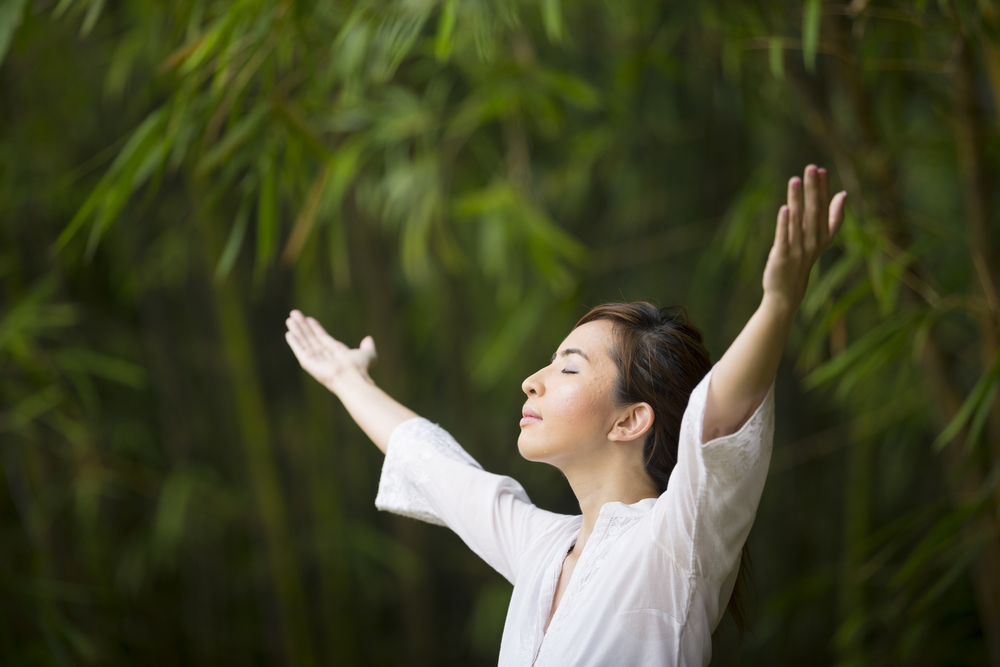
Today, in 2024
Qi Gong is practiced in every country and large city on Earth. There have been countless books on modern Qi Gong, traditional Dao Yin, Nei Yang Gong (Self Healing), Medical Qi Gong, Nei Gong, and many other unique approaches to conscious embodiment and meditation.
Today you can Learn Qi Gong in a park on Sundays – unless you have to adapt to the Global Pandemic in another way.
Fortunately, today you can Learn Qi Gong Online.
If you have some Qi Gong, Martial Arts, Yoga, or Dance experience, and are looking for a career change, you can also Become Certified as a Traditional Qi Gong Instructor.
2024 Courses with Dr. Michael Smith
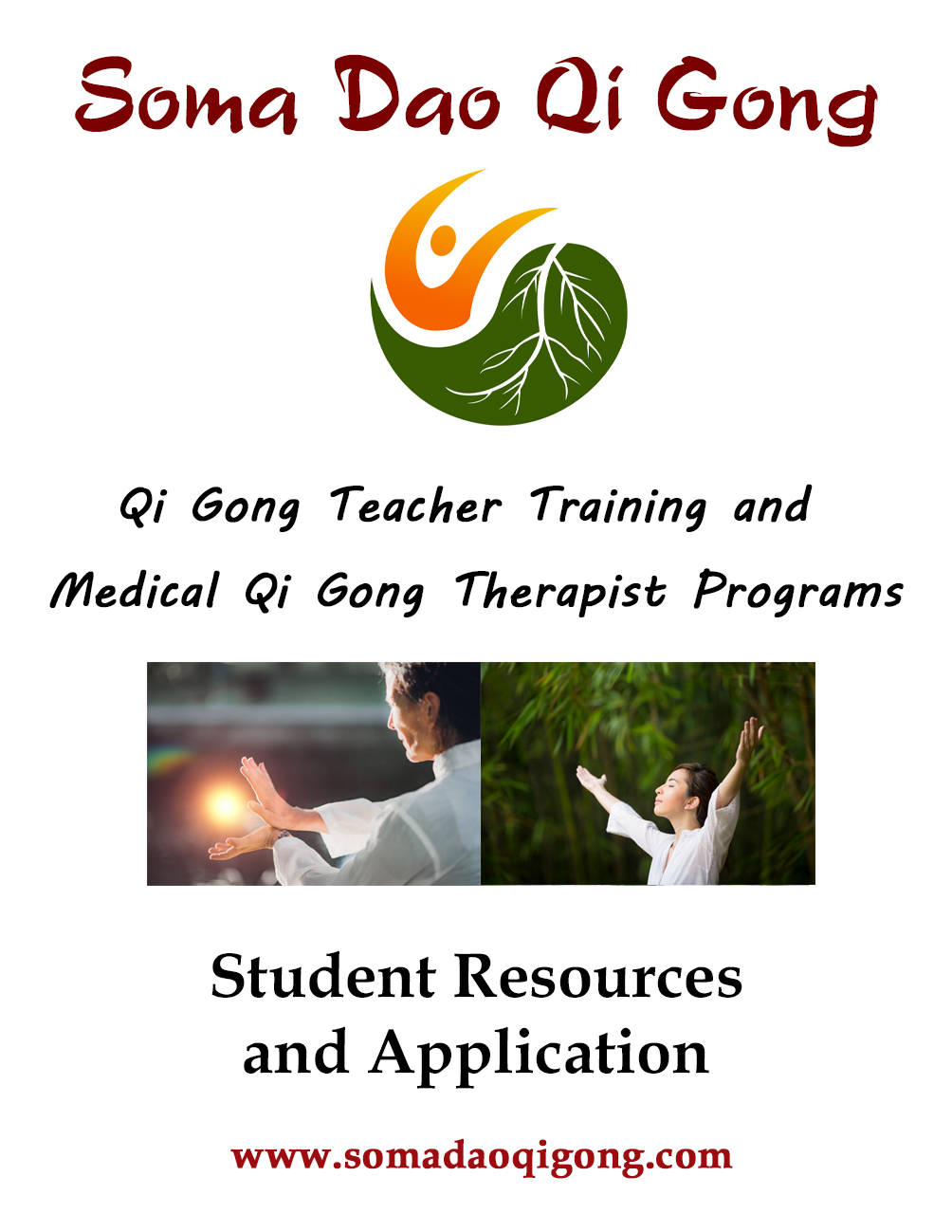
I am interested in learning more about becoming a Qi Gong Teacher and/or a Medical Qi Gong Therapist and would like to receive your MONTHLY newsletter.
YES! Send me a copy of the Student Resource Guide
(We respect your privacy)
Beginning April 8, 2024
Learn the skills, practices, and principles necessary to safely and successfully guide others through several kinds of Qi Gong Classes.
